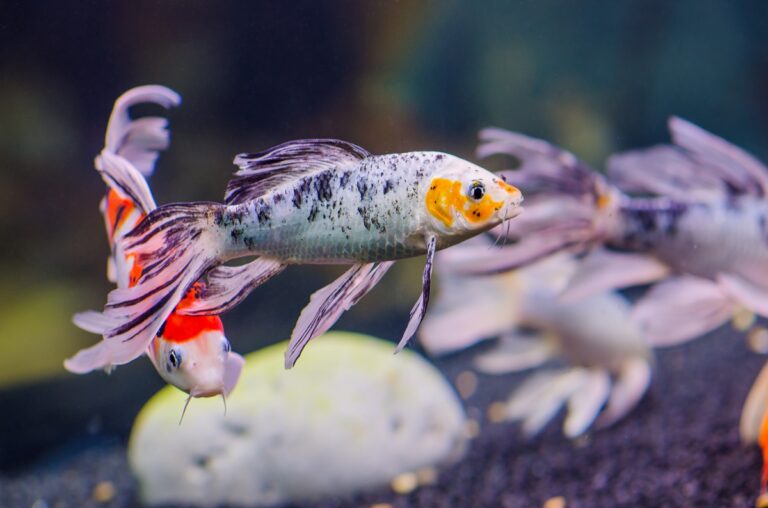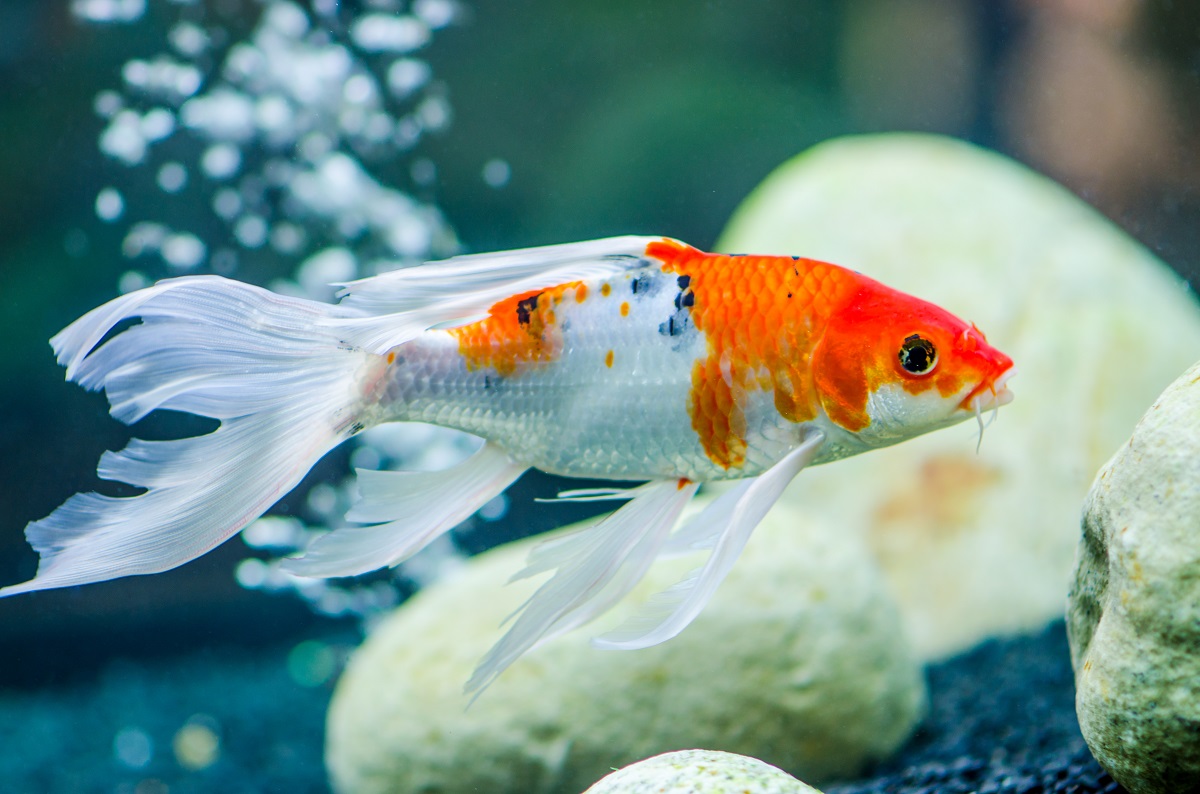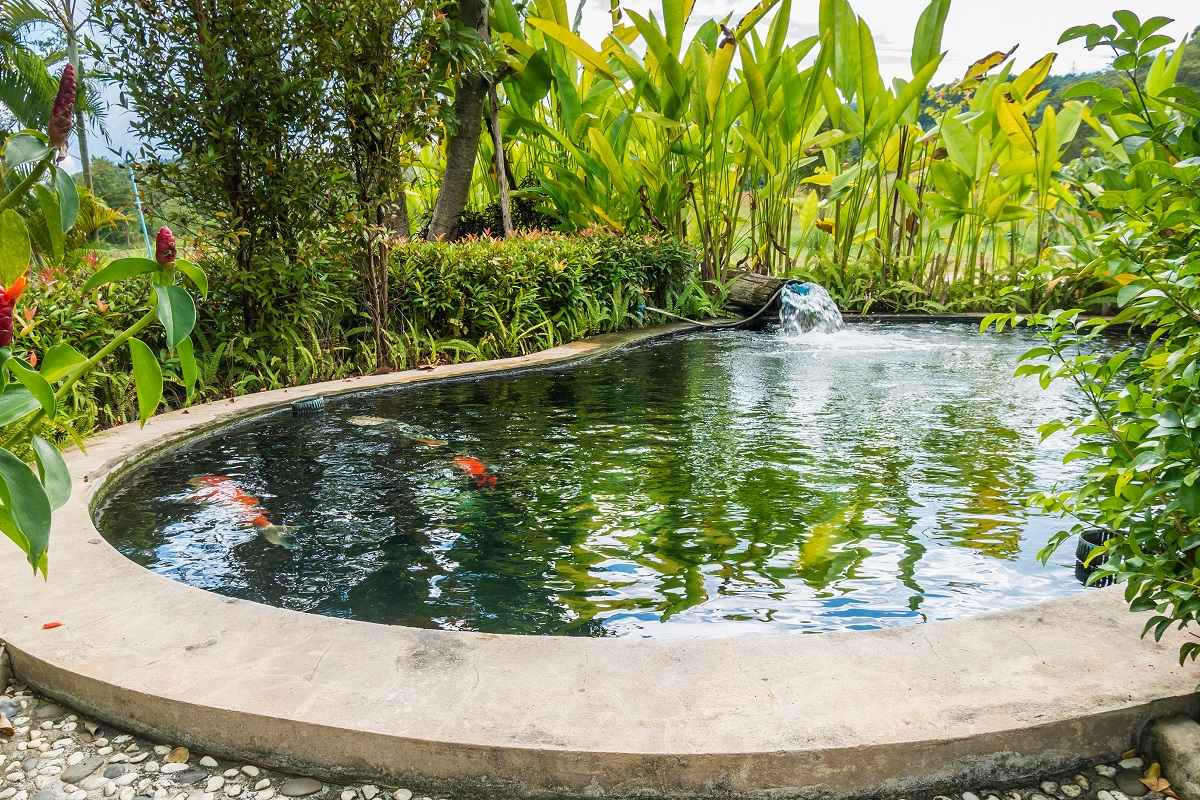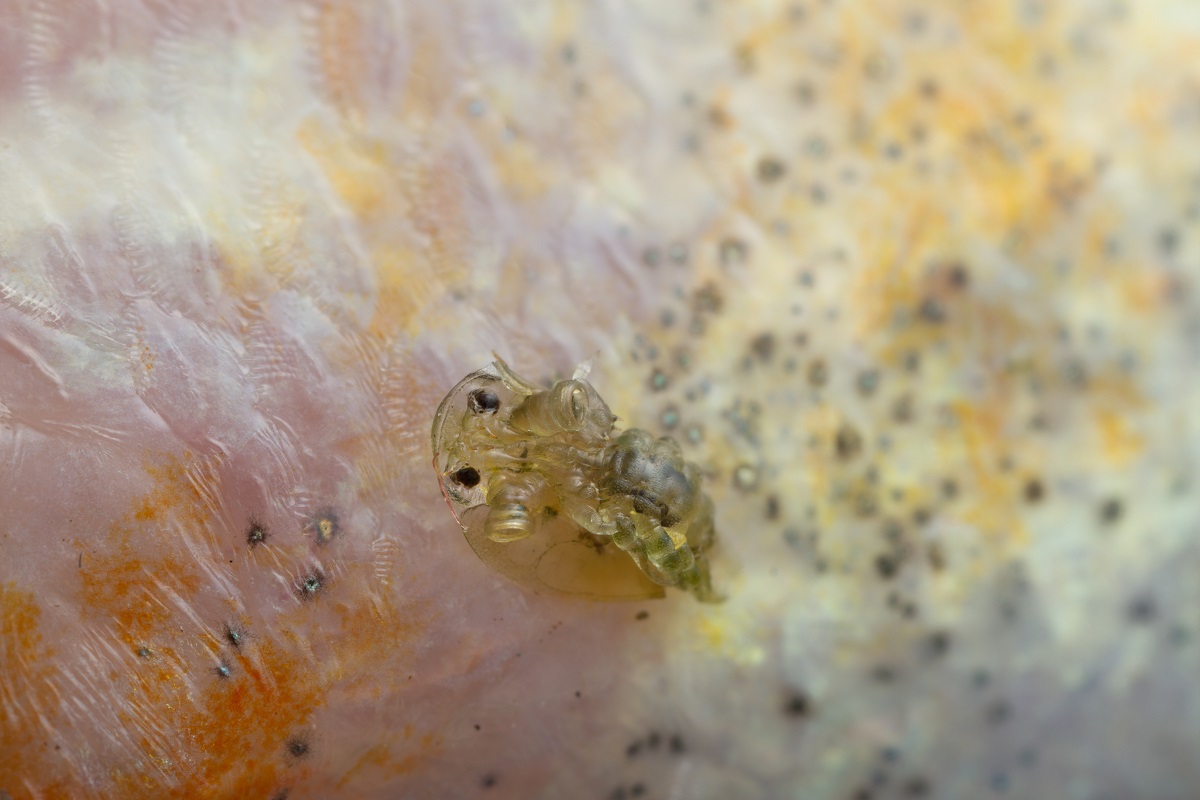Butterfly Koi
Are you looking for new carps (Cyprinus carpio) for your pond? Then you should definitely consider the Butterfly Koi. Read in this article the most important information on this beautiful Koi.
Are you looking for new carps (Cyprinus carpio) for your pond? Then you should definitely consider the Butterfly Koi. Read in this article the most important information on this beautiful Koi.

© songsakpandet / stock.adobe.com
Its beauty shouldn't be overlooked: the Butterfly Koi with its long fins.
As the name states, the elegant and colourful Butterfly Koi has a special characteristic. Its fins are almost double the size of those of other Koi species. Butterfly Kois can reach an impressive size of up to 60 centimetres.
There are no limits to the imagination in terms of colouring, so breeders offer attractive Kois in all kinds of colours. You can find monotone or multicoloured Kois. Beautiful combinations of blue, yellow, red and white are possible.
Silver or gold shiny metallic Kois are particularly popular. Jet black Kois are also well-known and considered especially elegant.
Depending on their appearance, specialists differentiate between different varieties. Some of these are called Butterfly Kohakus, Butterfly Yamabukis, Butterfly Shiro-Utsuris, Butterfly Tanchos or Butterfly Sankes.
 © songsakpandet / stock.adobe.com
© songsakpandet / stock.adobe.com
Like a classic Koi, the Butterfly Koi is a sociable fish. It doesn’t mind whether its friends belong to the same Koi species or a different one.
Just throwing a Koi into a pond without thinking isn’t enough! In order for your Koi to stay healthy, you have to pay attention to the following factors regarding the set-up and maintenance of a garden pond:
Fish need oxygen too despite living underwater. To enable this, you need to connect an aeration system to the garden pond that allows an oxygen content of 6 to 8 milligrams per litre. There are special measuring devices available to continually monitor levels.
Kois are pack animals and need to be close to other Kois. However, too many pond fish can worsen the quality of the water. In order to prevent this, one of the many rules of thumb is one medium-sized Koi (around 60 to 80cm in size) per cubic metre of water. Of course there are other factors in play too, which vary from pond to pond.
You have to regularly recirculate the water so that it remains of good quality. You need a filter that filters the water around once per hour. You should occasionally maintain and clean the filter so that it doesn’t get clogged in the long term.
Animals like Kois with alternating temperatures adapt their body temperature to the external temperature, so you have to make sure that the temperature of the water remains as consistent as possible. Too many fluctuations affect the metabolism of your fish. They consume a very high amount of energy and suffer from great stress, which can make them sick in the long term.

The Butterfly Koi’s eating habits don’t differ from those of other Kois. As cold-blooded animals, their digestion depends on the ambient temperature – the colder it is, the longer it takes them to digest their food. This means that they need less food during their winter hibernation than in summer.
Don’t feed your Koi once a day, but several times throughout the day. This prevents uneaten food from sinking to the bottom of the pond and worsening the quality of the water.
But what food do Kois actually need? As omnivores they like everything, be it animal or plant-based food. In the wild, for example, they feed off algae, bacteria, foliage and insects like mosquito larvae. You can replace these components with special Koi food in your garden pond at home.
Even fish like Koi can suffer from different diseases. The most common Koi diseases include:
| Disease | Description |
| Ascites | This highly infectious Koi disease leads to the body of the Koi inflating. |
| Fish leeches (Piscicola geometra) | Found in many bodies of water, fish leeches harm many fish species with infectious diseases and by sucking their blood. |
| Carp lice (Argulus foliaceus) | When sucking the blood, carp lice infect Koi with toxins like pathogens (viruses or bacteria). |
| Gill rot (branchiomycosis) | Triggered by algae fungus, this gill disease occurs in ponds with poor water quality. |
| Koi herpes (KHV) | Koi owners fear Koi herpes most of all, because this viral disease almost always results in death. |
 © Henrik Larsson / stock.adobe.com
© Henrik Larsson / stock.adobe.com
Like other Kois, the Butterfly Koi can reach of 60 years of age if kept in a species-appropriate manner. This is a very advanced age, which you must take into account when purchasing a Koi.
Prices of Butterfly Kois depend on several factors. The size and colouring in particular play a role when buying at a Koi farm.
Whilst you can buy smaller Koi (seven to ten centimetres) from six euros in price, larger Koi (25 to 30 centimetres) cost around 90 euros. However, anything above this is possible.
If you don’t yet have an adequately equipped pond, you can face a further outlay.
As well, you have to bear in mind ongoing costs like food and trips to the vet.
The origin of the Butterfly Koi is still subject to debate. Both Japan and the US claim to be the country of origin of the attractive Butterfly Koi.
The Japanese recount that Prince Akihito, who lived in 1950, was captivated by the long-finned wild carps living in Indonesia during a visit there. The future ruler then paired the original Koi (Nishikigoi, also called brocaded carp) with these fish.
According to this story, this is how the long-finned Koi gained its Japanese name Hire-Naga-Goi. This means ‘carp with long fins’. Due to its similarity to dragons, the Japanese also named it the Dragon Koi.
However, another name emerged since this fish is particularly popular in the US – the American Koi. Employees from the Blue Ridge fish farm received fish from Indonesia with strikingly long fins. According to this version, the company created the first Butterfly Koi after pairing these beauties with Kinginrins and Ogons.
However, it will remain a secret (for the time being) which of the two versions is really true.
Like its swimming companions, the Butterfly Koi is also ideally suited to your garden pond at home. sIf you bear in mind the usual hygiene rules, which are essential for good water quality and the survival of the fish, you can enjoy these wonderful animals for a long time!
Are you looking for new carps (Cyprinus carpio) for your pond? Then you should definitely consider the Butterfly Koi. Read in this article the most important information on this beautiful Koi.
Radiantly colourful and somewhat aggressive towards other fish and conspecifics: The Siamese Fighting Fish is a remarkable creature that brings a dash of colour to any aquarium. With modest demands, this pet is incredibly easy to care for and very popular with aquaristics beginners. This article compiles the most important information about the Siamese Fighting Fish.
The Axolotl, the Mexican salamander, has been a real pet trend for a few years. Its friendly appearance and stand-out colouring make this animal a real eye-catcher for a unique home. Despite its apparent exoticism, a Axolotl is comparatively low-maintenance – learn all about it here.